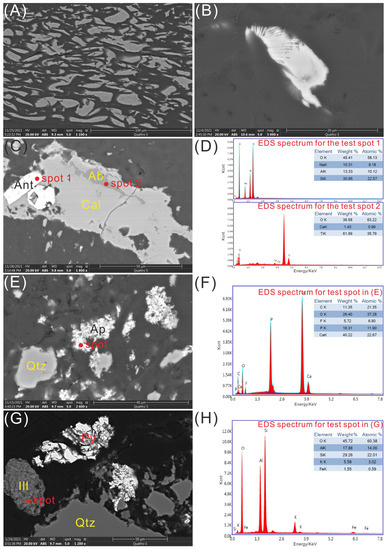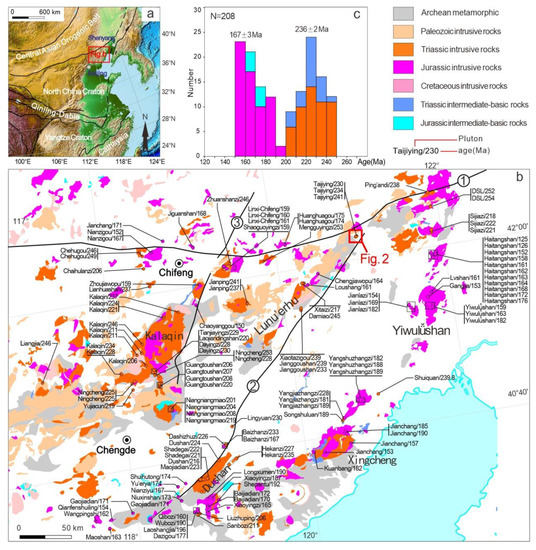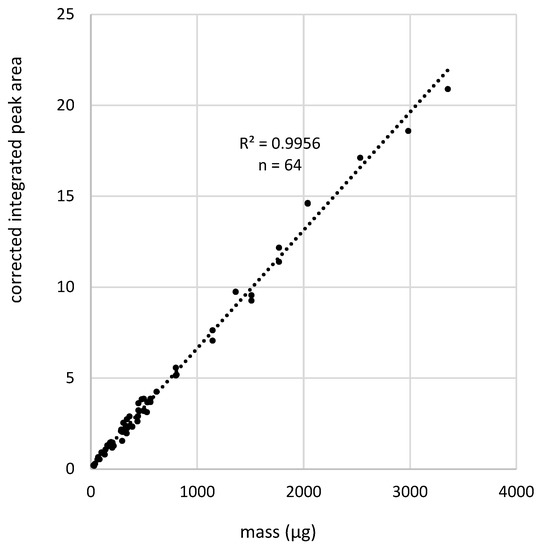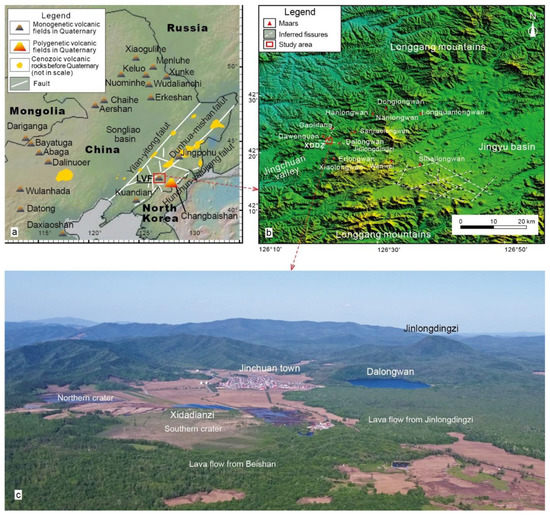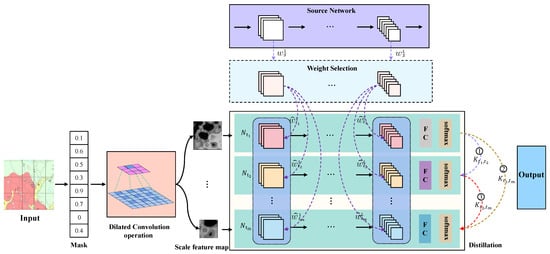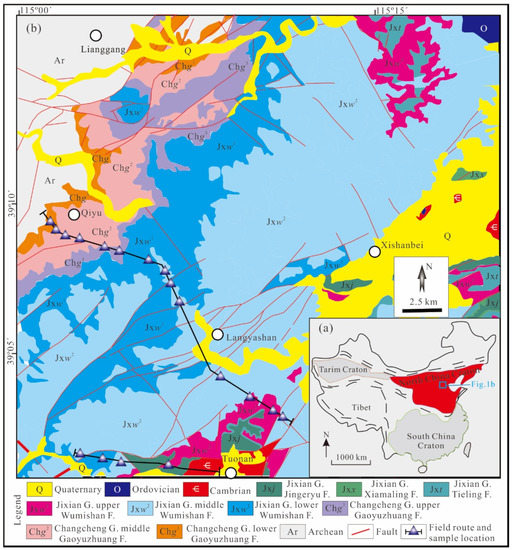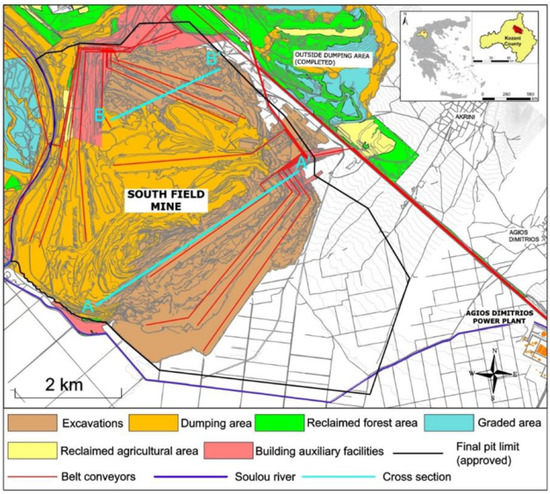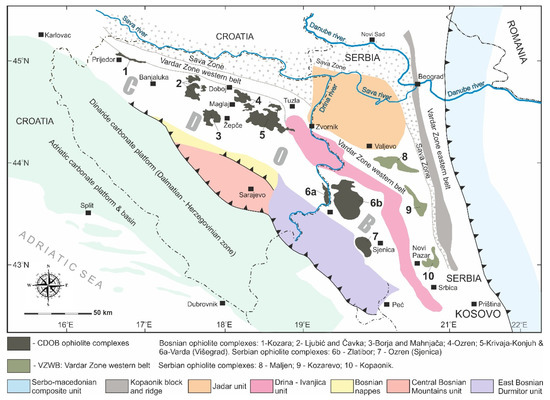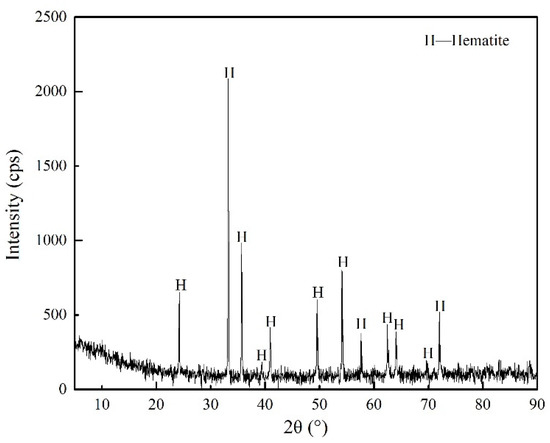Minerals 2022, 12(9), 1119; https://doi.org/10.3390/min12091119 - 2 Sep 2022
Cited by 5 | Viewed by 2504
Abstract
Low-temperature oxygen-plasma ashing plus X-ray diffraction analysis is one of the effective techniques to identify minerals in coal. However, previous publications have not provided any details of the exact low-temperature degrees and corresponding working conditions of ashers, and this could lead to two
[...] Read more.
Low-temperature oxygen-plasma ashing plus X-ray diffraction analysis is one of the effective techniques to identify minerals in coal. However, previous publications have not provided any details of the exact low-temperature degrees and corresponding working conditions of ashers, and this could lead to two adverse effects without proper operating guidance: (1) a relatively high temperature (e.g., >150 °C) may cause alteration of minerals (particularly clay minerals), and (2) a relatively low temperature (e.g., <80 °C) may cause a long ashing time and incomplete ashing of organic matter. In this study, the authors introduced the most frequently used low-temperature plasma ashers (PVA TePla IoN 40 made in America and Quorum K1050X made in Britain) to reveal optional operating parameters for low-temperature ashing. The ashing effects were analyzed from the aspects of ash mass, X-ray diffraction patterns, and the qualitative and quantitative analysis of minerals. Considering all the factors above, it is concluded that the ashing is the best when the running power is 200 W for the IoN 40, at which the diffraction peaks of chlorite d(004) and kaolinite d(002) can be clearly distinguished by LTAs-XRD analysis. In addition, different low temperatures have certain influence on the crystal structure of minerals. When the power rises to above 300 W (about 150 °C), the crystal structure of minerals undergoes changes. The symmetry and integrity of the mineral peaks became worse, and destructive interference occurred between the spacing of reflection planes, resulting in significant decrease in diffraction peak intensity; thus, some trace minerals were unable to be identified. The study on the working parameters of the instrument would be helpful to ash coals more effectively and make qualitative and quantitative analysis of minerals more accurate.
Full article
(This article belongs to the Special Issue Coal: Chemical, Geochemical and Petrographical Aspects)
►
Show Figures
